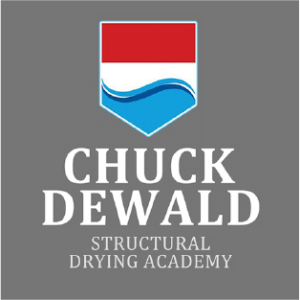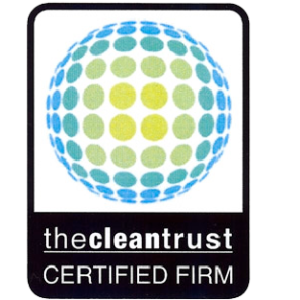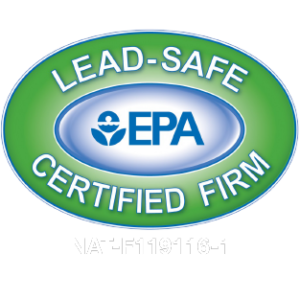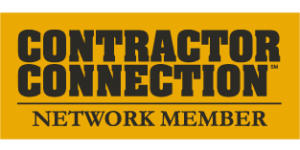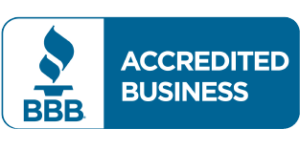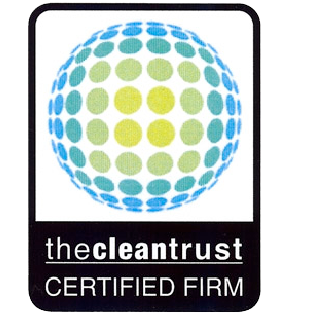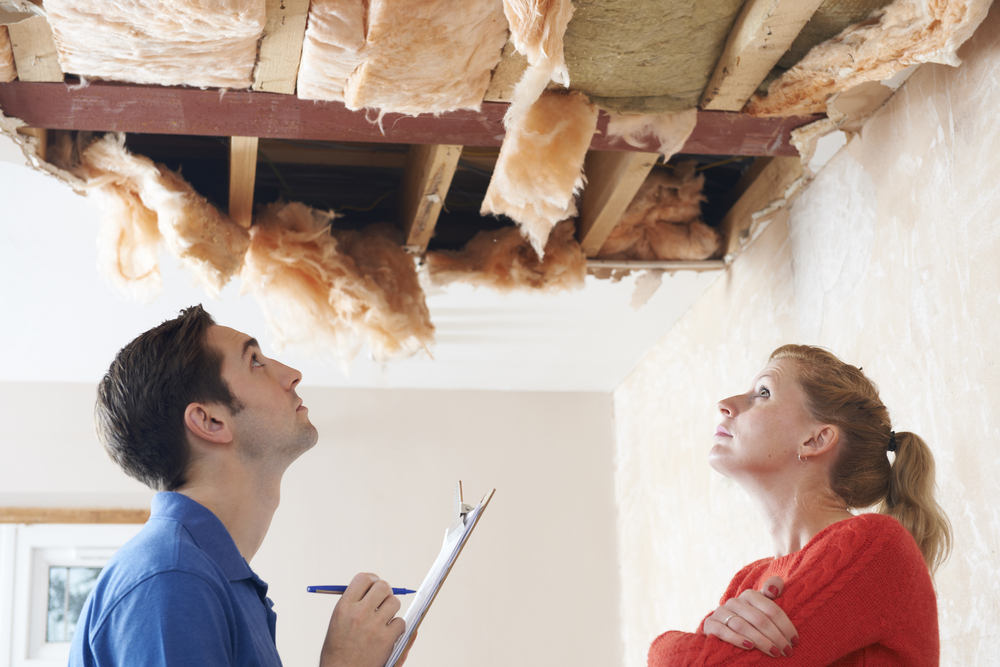
How to Create an Emergency Damage Plan for Your Home or Business
As home and business owners, we hope that nothing ever goes wrong — but as a restoration company, we understand that emergency damage can be unavoidable. This is especially true in a climate as unpredictable as the Midwest.
Planning your course of action ahead of time can alleviate stress and make difficult water, fire, and storm damage situations easier to handle if they ever do arise. After all, there’s a reason “hope for the best, but prepare for the worst” is such a common adage!
Here’s a quick rundown on how to create an emergency damage plan for your home or business.
1. Evaluate your insurance coverage
First things first: Make sure you completely understand your insurance policies and know exactly what types of damage are and aren’t covered under your contracts.
There’s nothing worse than coming home to a basement flood or plumbing leak only to realize you aren’t sure if insurance will cover the repairs. No one needs that added financial stress on top of an already chaotic situation!
When evaluating your current insurance policies or looking for new coverage, you should work with a reputable agent who has good reviews and is willing to openly answer your questions. They’ll help you understand your unique risks — and they can shop around for the right policies that offer you enough protection without unreasonable premium costs.
Once you’re comfortable with your insurance, you should reassess your coverage annually to make sure you stay on top of any changes or new opportunities. The more familiar you are with the ins and outs of your policies, the easier it’ll be to file a claim if the time ever comes.
2. Know your home or business’s unique risks
Many disasters aren’t preventable or predictable, but you can at least prepare yourself for the risks your home or business is most likely to face in your area. This will help you develop an action plan ahead of time and feel less blindsided — and more in control — if you do suffer some damage.
In the Midwest, we find that homes and businesses are particularly vulnerable to weather-related problems like:
It can be helpful to play a round or two of the “worst case scenario” game when developing your emergency damage plan. Think about the worst disaster that could happen to your home or business — maybe a tornado or flash flood — and then walk through the process you would take to fix it.
We know it seems overwhelming, but it can be empowering to go through this on your own terms before a problem actually arises. You’ll realize that with the right resources, your family, home, business, and employees will be just fine — and you’ll feel more equipped to handle whatever does come your way.
Damage like that is why restoration companies like us exist, which brings us to our next point.
3. Vet potential restoration companies beforehand
Don’t wait until you’re feeling the pressure of an emergency situation to choose a restoration company you trust. Think about other potentially stressful situations. You make sure to pick your doctor before you go into labor — doesn’t it make sense to pick your restoration crew ahead of time, too?
It’s a good idea to create a shortlist of companies you’d trust to take care of your home or business in an emergency. This way, you won’t be fumbling if you ever find yourself in the face of disaster.
When it comes to vetting potential restoration companies, we recommend looking through their third-party reviews and getting advice from family and friends who have firsthand experiences. Check for certifications or awards, and make sure the businesses you pick are transparent about their repair process.
At Revive Restoration, we have years of experience dealing with a range of home and business repairs. We’re certified to restore all types of damage, from water leaks and mold to fires, structural damage, and more.
If you have any questions, we’d be happy to answer them — don’t hesitate to reach out!

Newsletter Coming Soon!
Receive regular updates on tips and tricks to keep your house or office building in tip-top shape.









